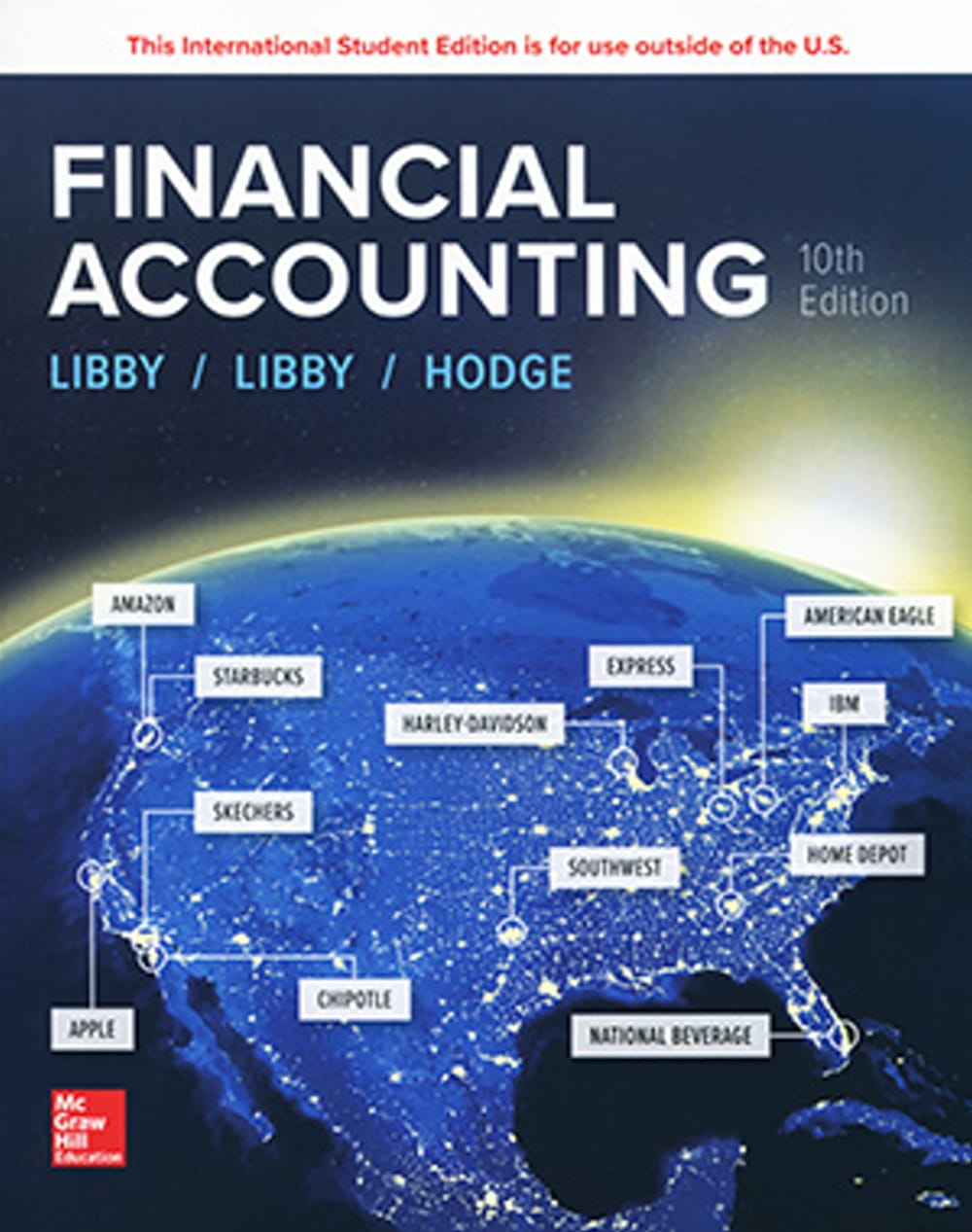- 定價650.00元
-
8
折優惠:HK$520

|
|
|
|
Financial Accounting(10版)
|

|

沒有庫存
訂購需時10-14天
|
|
|
|

|
|
9781260565430 | |
|

|
|
Robert Libby,Patricia A. Libby,Frank Hodge | |
|

|
|
華泰文化 | |
|

|
|
2019年5月17日
| |
|

|
|
460.00 元
| |
|

|
|
HK$ 460
|
|
|
|
|

| |
|
|
|
|
| |
|
|
詳
細
資
料
|
ISBN:9781260565430叢書系列:會計學原理規格:平裝 / 717頁 / 22.8 x 27.5 x 3.58 cm / 普通級 / 全彩印刷 / 10版出版地:台灣
會計學原理
|
|
分
類
|
商業理財 > 會計/統計 > 會計學 |
同
類
書
推
薦
|
|
|
內
容
簡
介
|
Libby/Libby/Hodge wrote this text based on their belief that the subject of financial accounting is inherently interesting, but financial accounting textbooks are often not. They believe most financial accounting textbooks fail to demonstrate that accounting is an exciting field of study and one that is important to future careers in business. When writing this text, they considered career relevance as their guide when selecting material, and the need to engage the student as their guide to style, pedagogy, and design.
Libby/Libby/Hodge successfully implements a real-world, single focus company approach in every chapter. Students and instructors have responded very favorably to the use of focus companies and the real-world financial statements. The companies chosen are engaging and the decision-making focus shows the relevance of financial accounting regardless of whether or not the student has chosen to major in accounting.
Libby/Libby/Hodge believes in the building-block approach to teaching transaction analysis. Most faculty agree that mastery of the accounting cycle is critical to success in financial accounting. And yet all other financial books introduce and develop transaction analysis in one chapter, bombarding a student early in the course with an overload of new concepts and terms. The authors believe that most faculty take more time with the accounting cycle, but other financial accounting textbooks dont. By slowing down the introduction of transactions and giving students time to practice and gain mastery, this building-block approach leads to greater student success in their study of later topics in financial accounting such as adjusting entries.
|
|
目
錄
|
Ch 1 Financial Statements and Business Decisions
Ch 2 Investing and Financing Decisions and the Accounting System
Ch 3 Operating Decisions and the Accounting System
Ch 4 Adjustments, Financial Statements, and the Quality of Earnings
Ch 5 Communicating and Interpreting Accounting Information
Ch 6 Reporting and Interpreting Sales Revenue, Receivables, and Cash
Ch 7 Reporting and Interpreting Cost of Goods Sold and Inventory
Ch 8 Reporting and Interpreting Property, Plant, and Equipment; Intangibles; and Natural Resources
Ch 9 Reporting and Interpreting Liabilities
Ch10 Reporting and Interpreting Bonds Securities
Ch11 Reporting and Interpreting Stockholders Equity
Ch12 Statement of Cash Flows
Ch13 Analyzing Financial Statements
|
|
|
書
評
|
|
|
|
|

